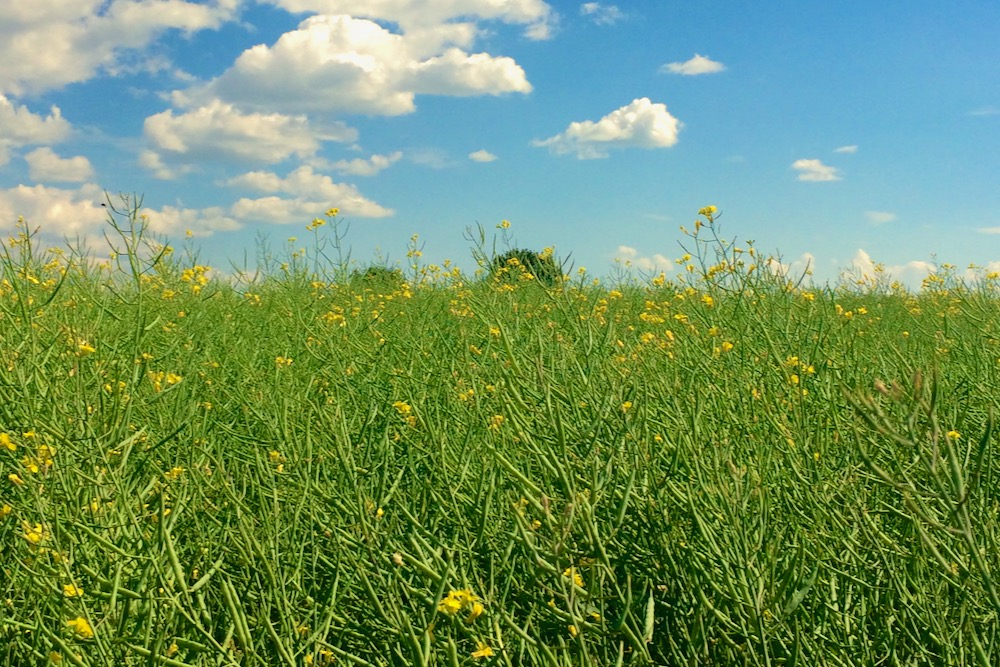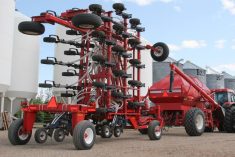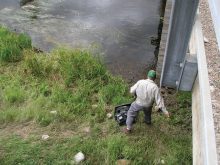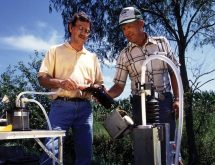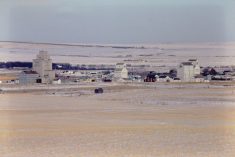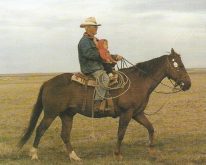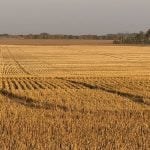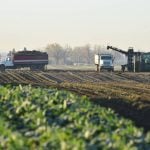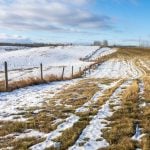About a decade ago, the hype about climate change led us to believe we would soon be frying out and it was all due to humans and fossil fuels.
My argument has been, over the past million years or so, ice ages and glaciers have come and gone many times and our agriculture area was almost all affected by those glaciers. That all happened and nary a fossil fuel in site. So, what is the big deal?
Thanks to two books, I now know that the explanation of glaciers coming and going is quite simple. Our good planet Earth is not perfectly round and its path around the sun wobbles around in elliptical fashion. Those variations lead to long-term variations in the amount of solar energy that reaches Earth and leads to glaciers coming and going.
Read Also
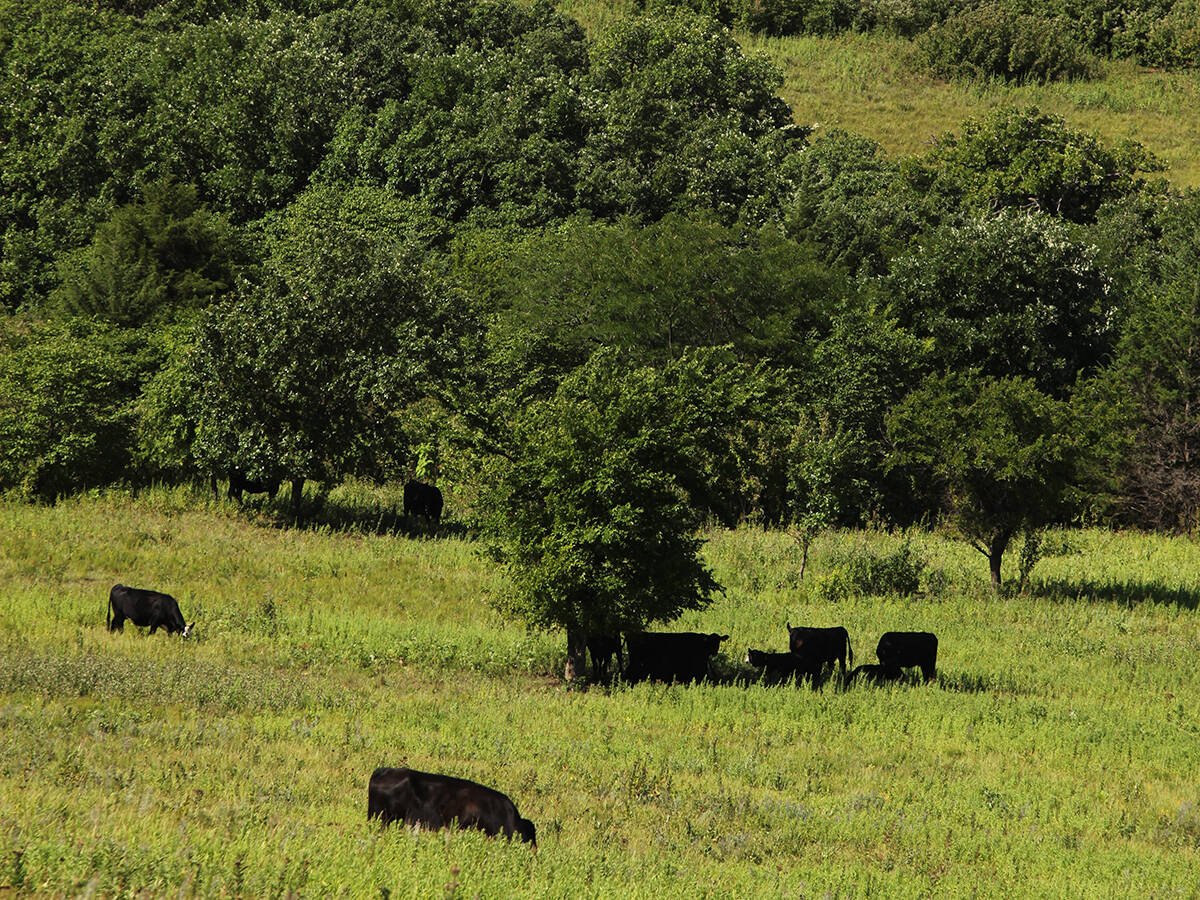
Beef cattle more prone to trace mineral deficiencies
The trace mineral status of our cows and calves is a significant challenge for western Canadian producers and veterinarians.
Our main glaciers begin in northeastern Canada, but mountain glaciers also flow out from the Rocky Mountains. Those mountain glaciers are still in the final stages of deglaciation. The big north-south strip of Solonetzic soils in Alberta is mainly a result of little or no glacial deposits on top of the sodic bedrock (pre-glacial deposits). The mountain glaciers did not make it that far.
The famous glacial geologist Earl Christiansen and I travelled through that area in the 1990s. As we went through a small creek and saw the bedrock layers his comment was, “What this area needs is another glaciation.”
Our current pandemic seems to carry on and on, wave after wave. What connection does that have to climate? Read on!
Climate change
Some years ago, at the University of Saskatchewan library, I was checking out some literature about climate change and stumbled on two books that were game changers. The first is The Whole Story of Climate: What Science Reveals about the Nature of Endless Change by E. Kirsten Peters, who is a retired geology professor from Washington State University.
She pointed out that over the last million or more years there have been very long periods of cold (ice ages) interspersed with very short periods of warm, such as our current climate. Life was much better in the warm periods. We have much more to fear from cold than warm.
Peters also pointed out that worldwide there are many areas where abandoned coal mines are burning away and releasing much CO2 into the atmosphere.
Putting out those fires would be a good place to start in lowering CO2. One such area she described was the abandoned town of Centralia, Pa. The town burned the garbage dump and the fire got away and into the underlying coal mine — and it is still burning. The government bought out the homes. A few hardy souls thought they were safe from the fire and remain in their homes.
I took a Google Earth flyover and did a street view drive-by and the smoke is still visible.
Peters also suggested early agriculture was a factor in greenhouse gases, particularly methane, from the rice paddies of China.
The second book is Plows, Plagues and Petroleum by William F. Ruddiman, a professor emeritus at the University of Virginia.
Ruddiman used ice core data to trace changes in atmospheric CO2 over the past two thousand years. He found some “squiggles” in the CO2 data that were hard to explain. He looked at wars, droughts with famine and volcanic eruptions, but none of those seemed to match up to the dips in CO2 concentration.
He finally stumbled upon disease as the issue that could kill many people and thus reduce CO2 in the atmosphere. Local and regional epidemics plus pandemics resulted in deaths that wiped out entire towns and cities.
Early examples include the Roman Empire in the years 79 and 125 AD with local epidemics and 160-189 AD with a regional epidemic.
Diseases plagued Europe to the tune of 40 per cent of the population dying in cumulative outbreaks to the year AD 590. The major diseases of that time were smallpox and bubonic plague.
Then came the year 1492, when Columbus sailed the ocean blue. The worst pre-industrial pandemic was in the Americas. The indigenous populations had no immunity even to simple diseases like mumps and measles. In some areas, death rates were huge — up to 90 per cent of the local population died.
Early estimates were, before Columbus, the population of the Americas was 10 million to 20 million. Modern air surveillance techniques have discovered remnants of far greater populations of 50 million to 60 million with some estimates at 100 million.
The conclusion is disease was a major factor in “controlling” the population growth and, hence, CO2 emissions.
Ruddiman suggested current global warming has been enough to prevent the start of the next glaciation, and we would suffer much more from the cold than warm.
Covid-19 pandemic
In the past few years, “pandemic” has become a household word for all of us. With modern techniques of vaccination and better care, the death rate overall has been small in comparison with historic pandemics. Our health-care facilities are at the breaking point, and no one can say what comes next.
The fundamental problem
The real problem is Mother Earth has too many of one species — Homo sapiens.
We have a large brain and the capability to use that brain for many purposes — good and bad. Our superior intellect has allowed us to use other animals and many species of plants as food.
Agriculture has allowed us to feed large populations with a very small percentage of people involved in direct food production. That has allowed populations to grow exponentially, and many have feared we will not be able to feed so many people. However, farmers continue to respond to any decent profit motive and produce more food.
We can now crowd too many people into the cities that are way too large and claustrophobic — at least for an old Saskatchewan farm boy. Some countries have huge population densities with low standards of living.
Compare Saskatchewan, with an area of 250,000 square miles and a population of about 1.2 million, to Bangladesh, with an area of 57,000 square miles and a population of 165 million. I like the wide open spaces with highways on which you can drive for miles with no traffic.
We have way too many people on this planet, and they are too interconnected.
Airplanes can fly from anywhere to anywhere on this planet in less than a day. Diseases can spread in a heartbeat and pandemic is the result. Who knows when the current pandemic will end and how much it will reduce the world population — not likely to be anything like earlier pandemics that killed enough people to change the CO2 concentration of our atmosphere.
Only time will tell how this pandemic ends.




